Former Navy Battleship USS Texas Makes Its Return After $35M Restoration
A historical New York-class battleship that served valiantly during both World Wars will soon open its doors to the public after receiving a significant restoration, which cost over $35 million.
The USS Texas, a symbol of resilience and strength, has been under meticulous repair for several years. As the restoration work nears completion, history enthusiasts will soon have the opportunity to walk around its deck in Galveston, Texas, ensuring that the legacy of this mighty vessel is preserved for future generations.
The History of the USS Texas
Work on the USS Texas began in the early part of the 20th century at Newport News, Virginia, and the vessel was later commissioned in March 1914.
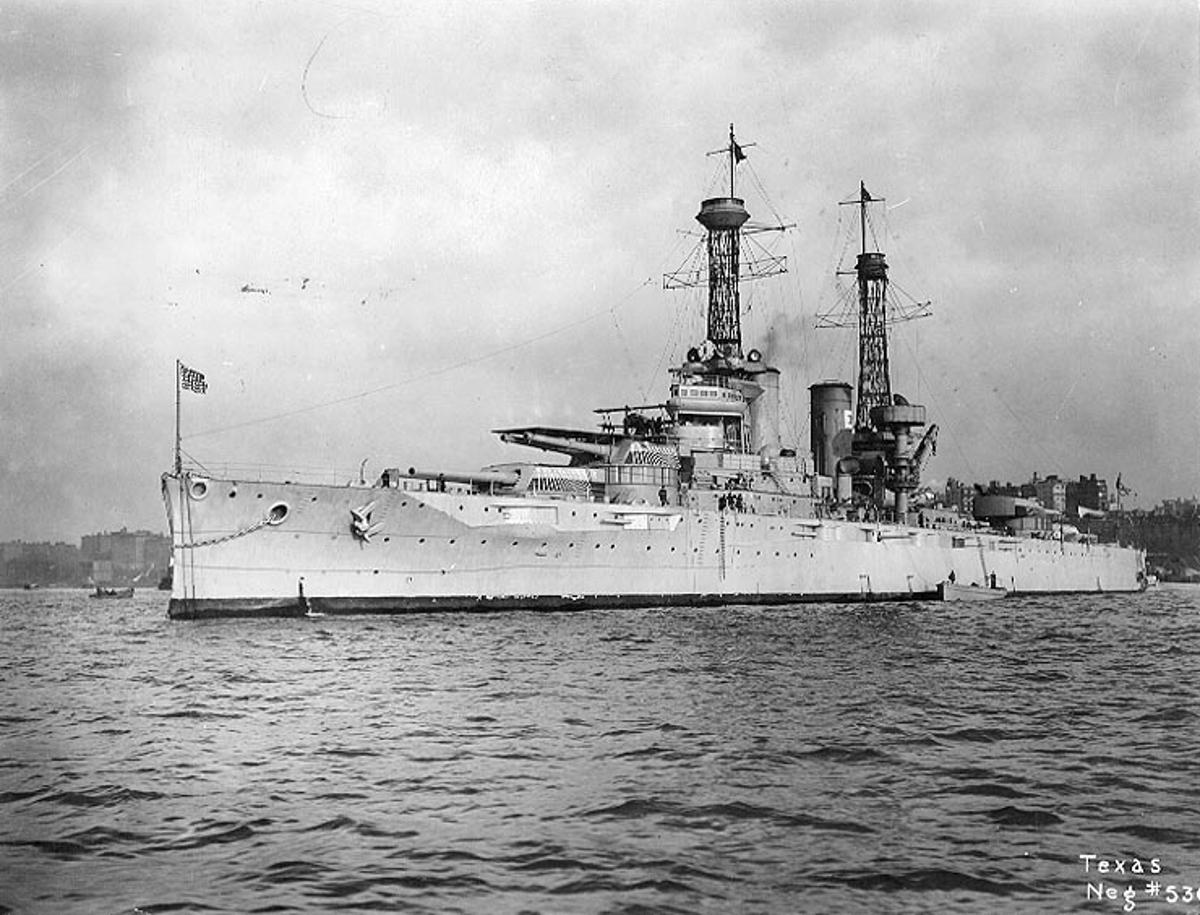
Source: Wikimedia
First up for the 27,000-ton New York-class battleship was supporting the occupation of the Mexican city of Vera Cruz. Later, the ship joined the Grand Fleet in the North Sea and remained here until the end of World War I.
USS Texas Designated BB-35
Following the culmination of the Great War, the USS Texas was reassigned to the Pacific Fleet in 1919, and just a year later, it was designated BB-35 (Battleship 35).
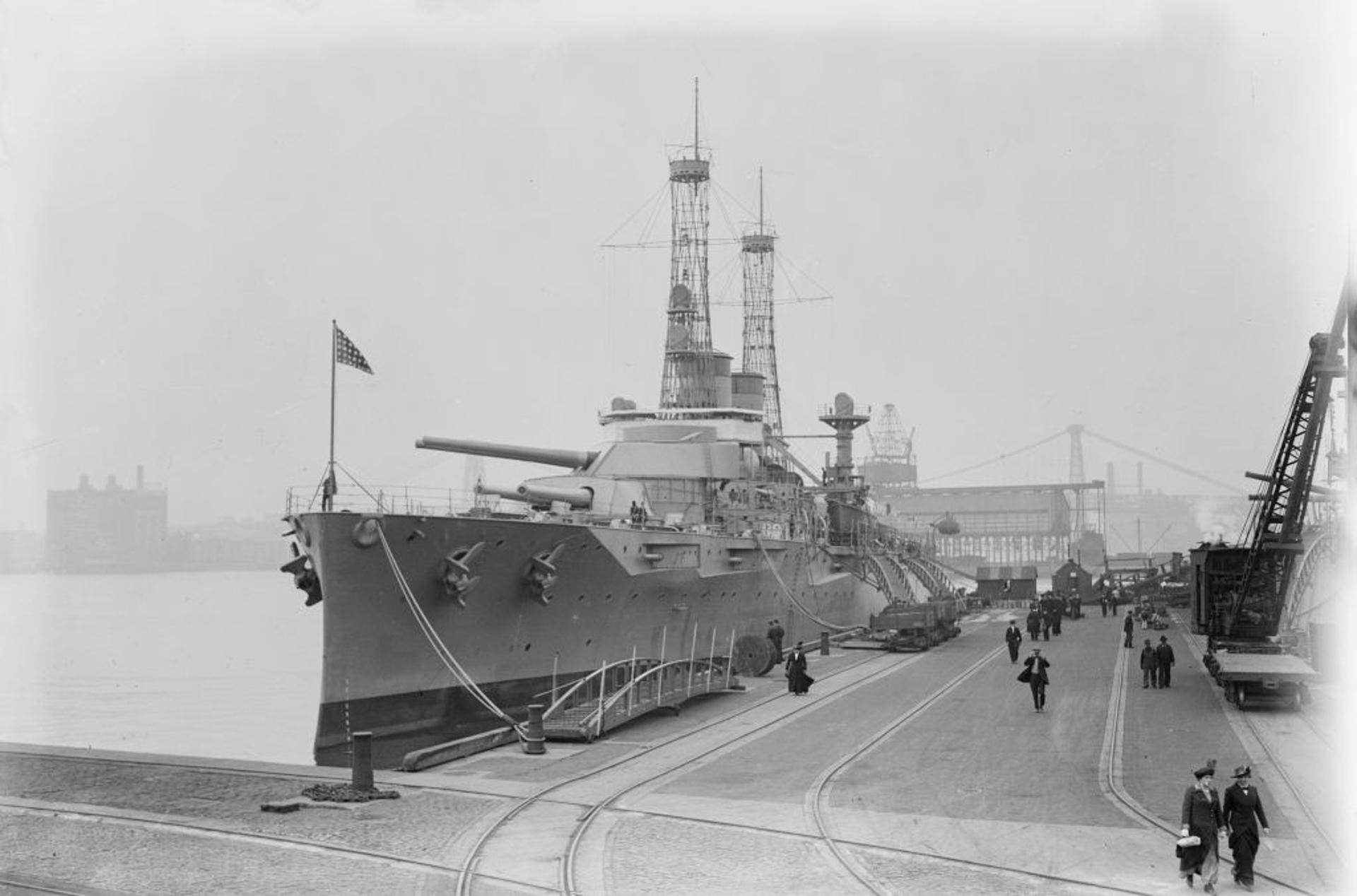
Source: Getty Images
Over the next few decades, it visited Europe on a training mission, alternated between the Pacific and Atlantic oceans, and later arrived in California to serve as a flagship during regular US Exercises.
BB35 Joins the War
By 1939, the USS Texas was actively involved in World War II, joining several other Atlantic Squadron ships in maintaining the Neutrality Patrol. As the war progressed, the ship played a crucial role, escorting troops to strategic locations such as West Africa and Great Britain.
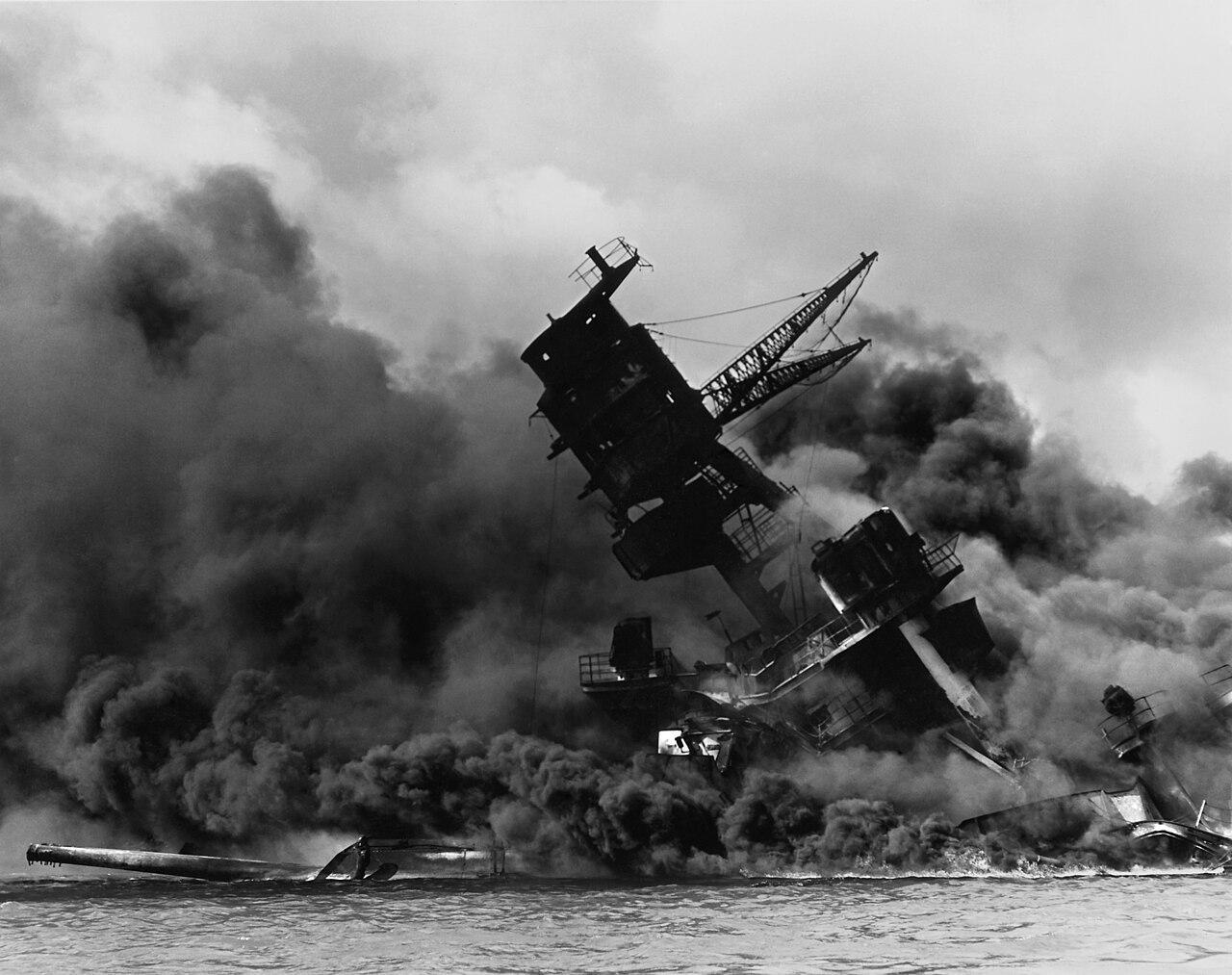
Source: Wikimedia
Later in the year, the vessel also provided heavy gunfire support during the Allied invasion of North Africa.
Texas During D-Day
One of the most remarkable feats of the USS Texas’ career was its role in the D-Day invasion. The ship provided vital fire support to the Allied troops, using its powerful 14-inch and 5-inch guns to neutralize various German defensive positions.
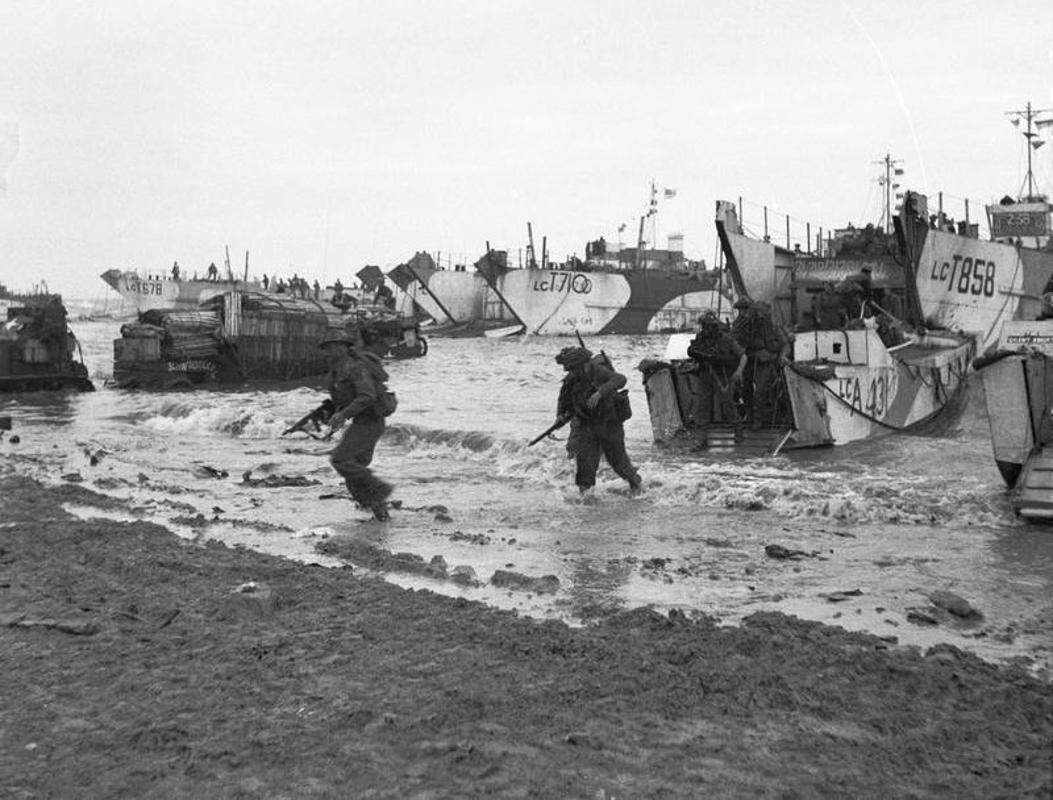
Source: Wikimedia
Texas fired upon the Germans for several consecutive days in Normandy, and played a key role in the success of the historic event.
USS Texas Sees Action in Japan
After the Allies regained control of Europe, Texas was sent to the Pacific and took part in the Iwo Jima invasion of February 1945. Again, the vessel made use of her heavy guns firing against the Japanese from March to May.
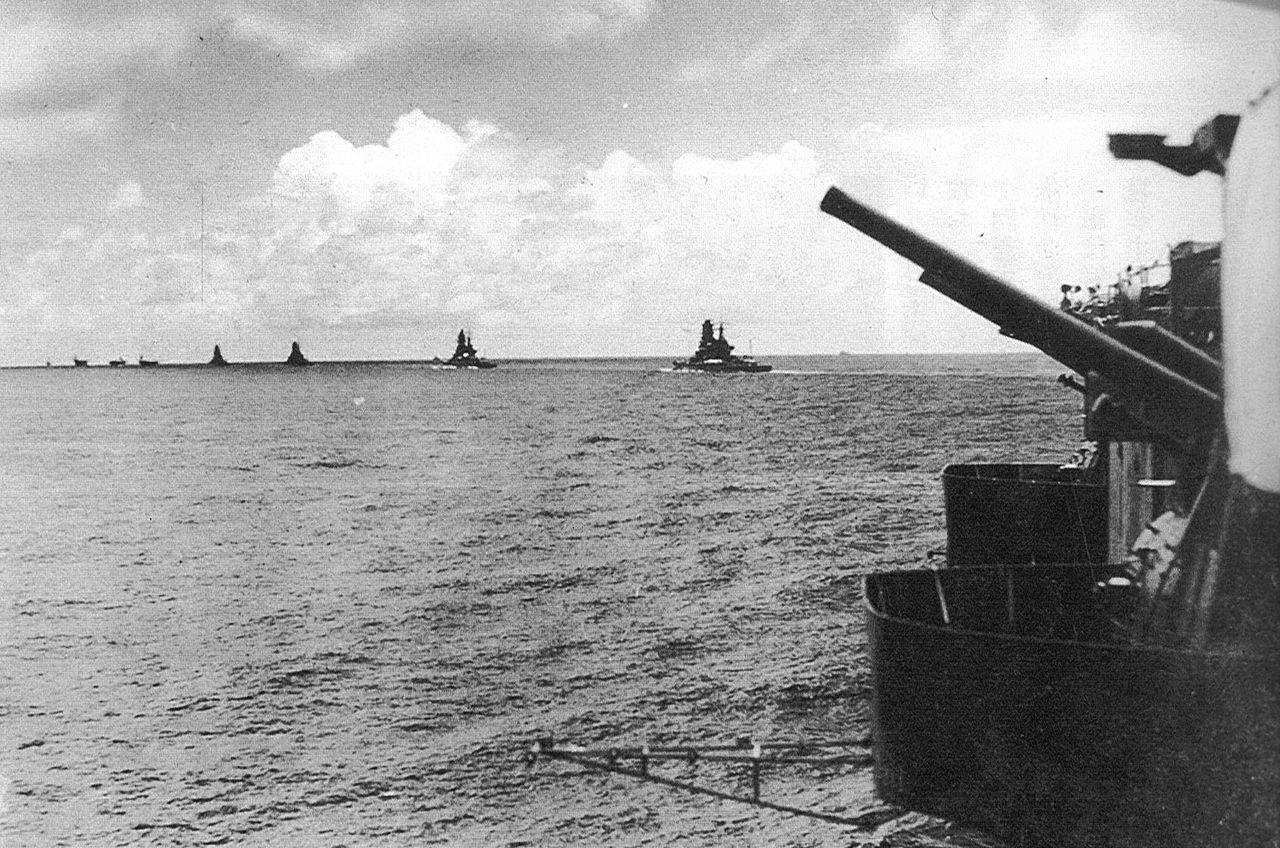
Source: Wikimedia
The vessel was gearing up to take part in the invasion of Japan, but the war ultimately ended in 1945. Following this, Texas spent the next three months transporting veterans back to their country of origin.
Life After War
After the war, Texas eventually returned home to the Atlantic coast in February 1946, and eventually took the necessary steps towards inactivation. On 18 June, the vessel was placed in reserve, docked at Baltimore, Maryland.

Source: Wikimedia
Two years later, the Texas’ was officially taken out of commission, and the State of Texas took control of the ship. It has since served as a memorial at San Jacinto.
Commission Struggles to Keep up With Ships Maintenance
The state legislature formed the Battleship Texas Commission, which served as the ship’s steward during its early years of retirement. The commission raised around $225,000 to tow the ship from Baltimore to San Jacinto.

Source: Wikimedia
The USS Texas etched itself into the record book as the first permanent battleship memorial museum in the United States. However, the commission’s funding could not cover the ship’s required maintenance.
Major Repairs Carried Out on the Ship
In 1968, the entire deck of the Texas was removed due to rotting, which allowed rainwater to leak into the interior of the ship. Construction workers replaced the deck with a concrete platform.

Source: Wikimedia
Several years later, three charities raised over $50,000, which enabled the Commission to repaint the hull of the vessel, which had begun to suffer from deterioration.
Early Restoration Work on the Ship
During the 1980s, concerns centered on the leadership of the Battleship Texas Commission began to arise, which resulted in the State legislature handing over control of the vessel to the Texas Parks and Wildlife Department (TPWD).

Source: Freepik
The commission was later abolished, and the TPWD got straight to work, hiring a team of architects to survey the ship and inspect what repairs needed to be made.
Major Funds Raised for Repairs
Over the next few decades, repairs were conducted on the ship, and in 2007, voters approved over $25 million to place the ship in a dry dock aimed at reducing the chance of further deterioration from the corrosive waters.

Source: Freepik
A decade later, the ship was set to undergo its most extensive round of renovations, which is estimated to cost around $35 million. Towards the end of 2019, the museum was officially closed, and the restoration began.
The New Home of the Texas
With repairs well underway, the Port of Galveston board of trustees announced that Galveston would become Texas’ new home.
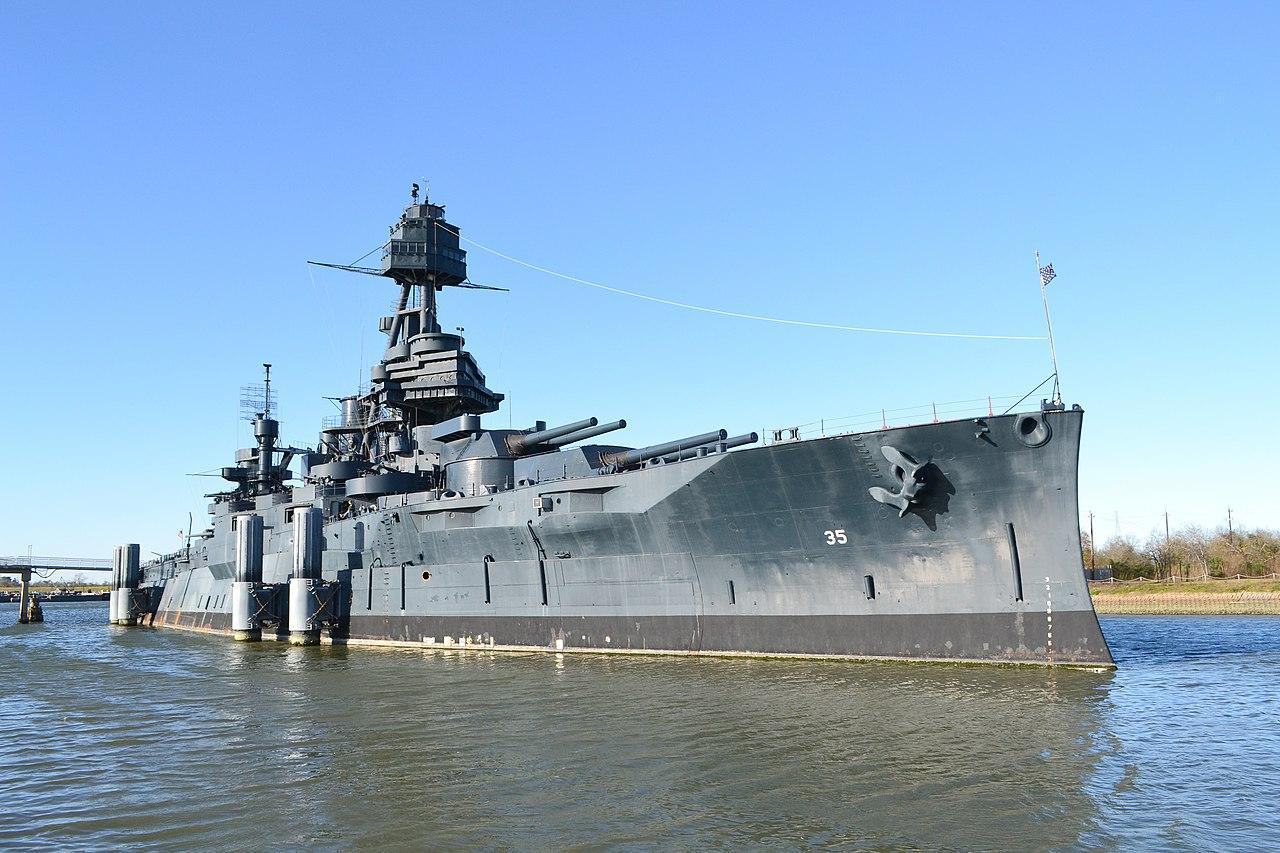
Source: Wikimedia
The vessel left its temporary home at the dry dock back in March, and restoration work will continue over the next 18 months while it’s afloat before it arrives in Galveston. Once here, the ship will reopen as a museum, sharing its fascinating history.
